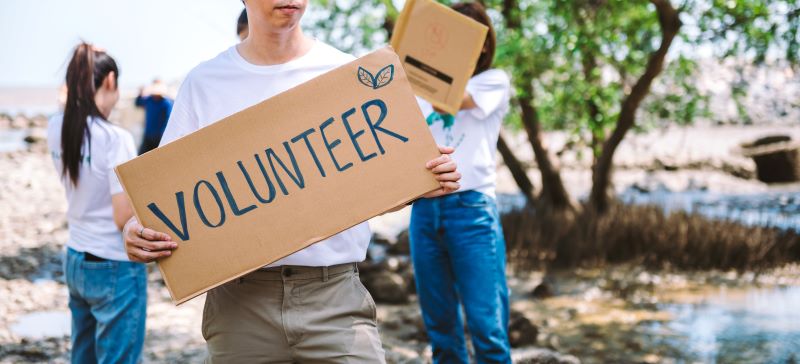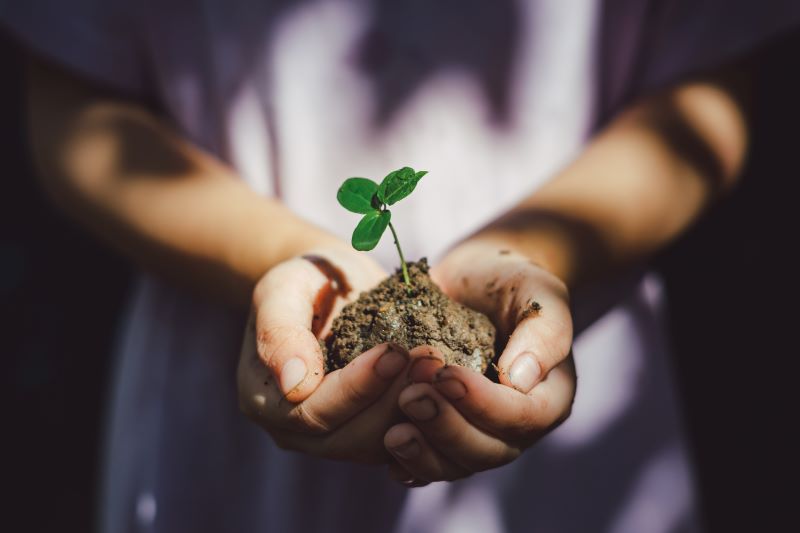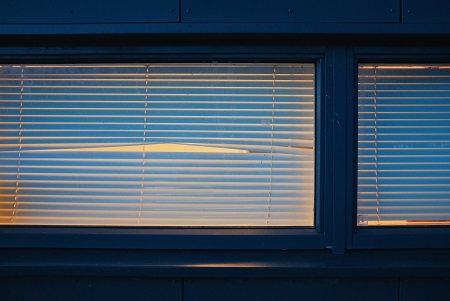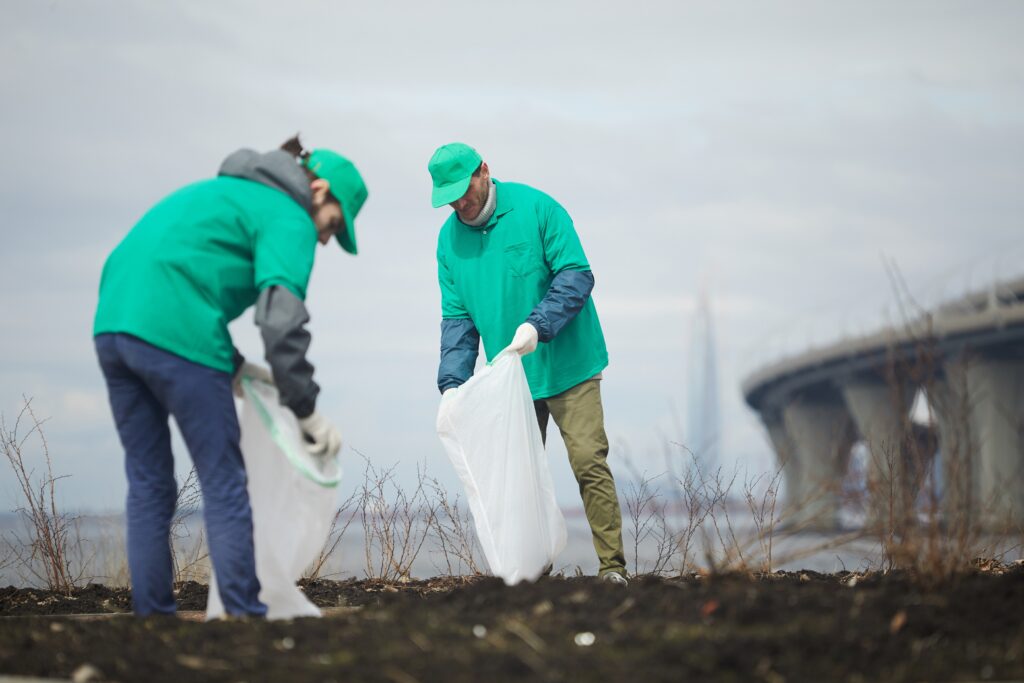Are you curious about the future of our planet?
Do you wonder how we can create a cleaner and more sustainable Girl For A Clean World for generations to come?
Look no further, because this article will explore the vital connection between sustainability and innovation, highlighting their role in shaping the future of our planet.
Sustainability is more important now than ever before.
As the world faces increasing challenges such as climate change, resource depletion, and pollution, finding ways to reduce our impact on the environment has become crucial.
By adopting sustainable practices, we can ensure that our actions today do not compromise the well-being of future generations.
But how can we achieve this ambitious goal?
This is where innovation comes into play.
Through innovative solutions and technologies, we have the power to transform traditional industries and pave the way for a greener future.
From renewable energy sources to eco-friendly materials, innovation offers us endless possibilities for reducing our carbon footprint and creating a more sustainable society.
By embracing these innovations and making them a priority in all aspects of life – from transportation to agriculture – we can build a clean world that thrives on renewable resources instead of depleting them.
So let’s dive deeper into the importance of sustainability and its inseparable connection with innovation – together, we can shape a brighter future for ourselves and generations to come.
Key Takeaways
- Transitioning to renewable energy sources is crucial for a sustainable future.
- Innovation offers endless possibilities for reducing our carbon footprint and creating a more sustainable society.
- Collaborative partnerships are crucial for driving positive change and developing innovative solutions.
- The future of a clean world relies on sustainability, ecological balance, and the engagement of future generations.
The Importance of Sustainability in a Changing World
Sustainability is becoming increasingly crucial in our rapidly evolving world, where innovative solutions are necessary to protect the environment for future generations. The impact of consumer behavior on sustainability cannot be ignored.
As consumers, our choices and actions have a direct influence on the health of our planet. From the products we buy to the energy we use, every decision we make can either contribute to environmental degradation or promote sustainable practices.
Transitioning to renewable energy sources is one of the key ways to ensure a sustainable future. Fossil fuels have long been the dominant source of energy, but their extraction and consumption have led to detrimental effects on the environment, including air pollution and climate change. By shifting towards renewable energy sources like solar and wind power, we can significantly reduce carbon emissions and mitigate these negative impacts. Additionally, investing in renewable energy technologies promotes innovation and creates new job opportunities in clean industries.
Sustainability is vital in our changing world as it encompasses both individual consumer behavior and collective efforts towards transitioning to renewable energy sources. By being mindful of our choices as consumers and supporting sustainable practices, we can play a significant role in creating a cleaner and more sustainable future for generations to come.
The Role of Innovation in Creating a Sustainable Future
Contrary to popular belief, a simple change in mindset can be the catalyst for a transformative shift towards a greener tomorrow. In order to create a sustainable future, innovation plays a crucial role.
Technological advancements have the potential to revolutionize numerous industries and significantly reduce their environmental impact. One of the key aspects of innovation is finding innovative solutions that help minimize our carbon footprint.

From renewable energy sources such as solar and wind power to energy-efficient technologies, there are numerous technological advancements that can contribute to creating a more sustainable world. For instance, companies are now developing innovative ways to store and distribute renewable energy, making it more accessible and reliable for everyday use. Additionally, there has been significant progress in improving transportation systems by introducing electric vehicles that run on clean energy instead of fossil fuels.
Moreover, innovation can also address other pressing environmental issues such as waste management and pollution reduction. Technologies like recycling robots are being developed to automate recycling processes and improve efficiency. Furthermore, advanced filtration systems are being created to effectively remove pollutants from air and water sources. These innovations not only help protect our environment but also have the potential to create new industries and job opportunities.
Embracing innovation is crucial for creating a sustainable future. Technological advancements hold immense potential in reducing our environmental impact across various sectors such as energy production, transportation, waste management, and pollution control. By fostering an innovative mindset and investing in research and development, we can pave the way towards a cleaner world for generations to come.
Collaboration and Partnerships for a Greener World
Join forces with like-minded individuals and organizations, working together to build a greener and more environmentally-friendly planet. Collaborative initiatives are crucial in addressing the pressing environmental challenges we face today. By joining hands with others who share the same vision of sustainability, we can achieve greater impact on a global scale.
Through collaboration, we can pool resources, knowledge, and expertise to develop innovative solutions that promote environmental stewardship.
Collaborative initiatives have already shown remarkable success in various sectors. For instance, businesses are partnering with non-profit organizations and government agencies to implement sustainable practices in their operations. This includes adopting renewable energy sources, reducing waste generation, and promoting circular economy principles.
Additionally, research institutions are collaborating across disciplines to find innovative ways to tackle climate change and protect biodiversity.
Partnerships between governments and civil society organizations have also been instrumental in driving positive change. Through joint efforts, countries can establish international frameworks for environmental protection and create incentives for sustainable development. Furthermore, collaboration between scientists and policymakers is essential for evidence-based decision-making that prioritizes long-term environmental goals.
By engaging in collaborative initiatives focused on environmental stewardship, we can create a greener world for future generations. Together, we have the power to drive innovation, promote sustainable practices across industries, and ensure a cleaner future for all. Let’s unite our efforts towards building a planet that thrives on the principles of sustainability and ecological balance.
Conclusion
In conclusion, it’s clear that sustainability and innovation are integral to building a clean and sustainable future. By adopting sustainable practices, we can mitigate the negative impacts of climate change and preserve our planet for future generations.
Innovation plays a crucial role in finding creative solutions to environmental challenges and driving progress towards a greener world.
Collaboration and partnerships are essential in this endeavor, as no single entity can tackle these issues alone. By working together, governments, businesses, and individuals can pool their resources and expertise to develop innovative technologies and implement sustainable practices on a larger scale. This collective effort will lead us towards a more environmentally conscious society.
As the saying goes, “A rising tide lifts all boats.”This figure of speech emphasizes that by embracing sustainability and innovation, we not only benefit ourselves but also uplift others around us. The positive impact of our actions reaches beyond borders and timeframes, ensuring a better future for all.
Let’s continue to strive for sustainability through innovation so that we may create a cleaner world where both people and the planet thrive together.




